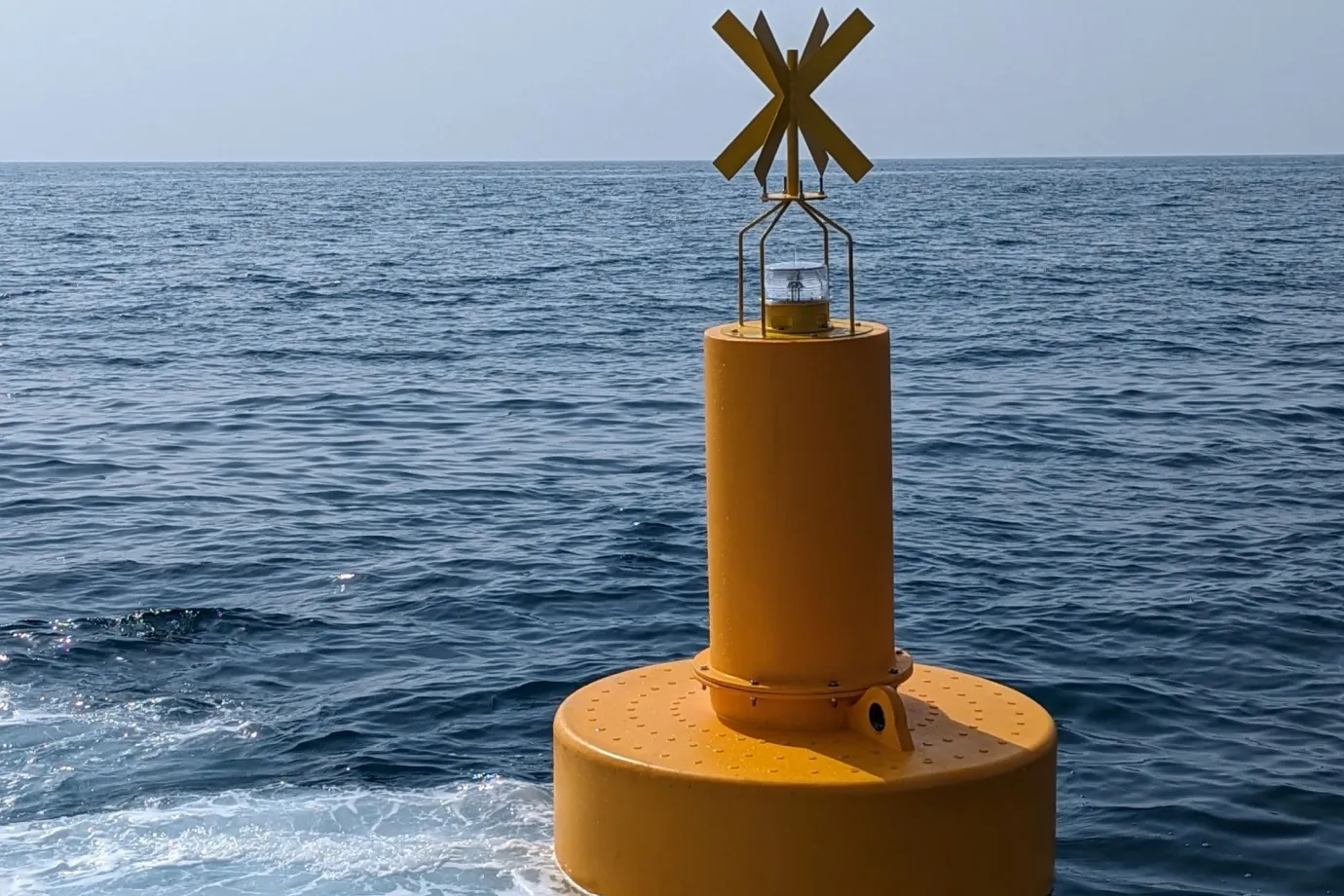Transferring cargo is essential in today’s world, and humans have always aimed to find efficient ways to transport various goods, especially in large quantities. To meet these needs, a diverse range of freight wagons has been developed, taking into account maintenance requirements and other key factors. These wagons are not only effective but also environmentally friendly and cost-efficient. As a result, freight wagons quickly became a fundamental component of the global transportation process.
Hopper freight wagons are one of the most versatile types of freight wagons. They emerged in the 1850s and were primarily designed for coal transportation. Gradually, hopper freight wagons became more optimized and were used to transmit various types of solid commodities, such as dust, sand, rock, and other materials, in addition to coal.
In this blog post, we aim to introduce hopper freight wagons in more detail and give you a comprehensive overview of how these efficient railroad freight cars work, what they are used for, and any other details you need to know.
What Are Hopper Freight Wagons?

Hopper freight wagons, also referred to as bottom dumpers, are railway cars designed to transmit bulk commodities. The wagon’s body is a hopper-shaped compartment with discharge doors on the bottom. Therefore, loading and unloading are performed fast and straightforwardly. Due to their unique design, hopper freight wagons are often used to transport solid bulk commodities, such as coal, dust, sand, rock, aggregate, cullet (recycled glass), wood chips, ballast, petroleum coke, copper concentrate, and shale.
These materials are filled into the hopper wagons through the top or side doors and discharged between the rails, significantly simplifying transportation. However, hopper freight wagons are typically offered in two primary types, and we will discuss each more specifically.
Types of Hopper Freight Wagons

Based on the diversity of bulk commodities transported by hopper freight wagons and other factors like weather conditions, two primary types are provided to better meet your requirements:
Open Hopper Wagons
Open hopper wagons, also known as open-top hopper wagons, have a hopper-shaped body with uncovered top and bottom discharge doors for unloading. Materials are mostly filled into the open hopper wagons from the top and simply unloaded between the rails from the bottom, making the commodities threatened by weather conditions like rain and snow. Therefore, open-top hopper wagons are typically used to transport water-resistant materials and products such as coal, aggregate, sand, ballast, etc.
Speed up unloading operations with our “bottom dumper freight wagons“!

Covered Hopper Wagons
Covered hopper wagons, also known as roofed hopper wagons, are another type of hopper freight wagons. They include a hopper-shaped body, discharge doors on the bottom to unload the products between the rails, and chutes (or gates) on the top, which are opened to load products and closed to protect them from factors like weather conditions. By doing so, covered hopper wagons best suit bulk commodities that are not water-resistant or need more protection.
See also: “Covered Freight Wagons“
How to Choose the Right Hopper Freight Wagon?

Choosing the right hopper freight wagon requires an understanding of features and various technical factors. In the following, we specifically proceed with the hopper wagon’s main factors to help you choose the one that meets your expectations better:
AAWS
Average Annual Wagon Speed (AAWS) is a key performance indicator that refers to the average speed at which the hopper wagons move over a year, including all operational factors and conditions such as loading, unloading, transit, and waiting times. Our hopper freight wagons involve significantly higher AAWS than the average.
Hopper Wagon Length
The suitable length for hopper freight wagons depends on rail infrastructure and the capacity of your commodity. Shorter hopper wagons are typically used for tight curves and limited siding space railroads, while the longer ones often operate the larger curves and longer siding space railways. In addition, you have to consider that the longer hopper freight wagons offer higher capacity, too.
Gauge
Gauge refers to the distance between the rails. To choose a hopper wagon to transport your commodities, you must consider the gauge to avoid costly modifications and inefficiency. There are three main types of gauges: standard gauge, narrow gauge, and broad gauge. Our hopper freight wagon gauge is standard, making it efficient in most railways.
Unloading capacity
The unloading capacity is the most crucial factor when choosing a hopper freight wagon, especially for industries like mining and construction. Based on your requirements, we offer diverse unloading capacities to help you choose the best suits you.
Axle Load
Different railways have specific axle load limits. Failure to comply with these limits can damage the hopper freight wagons or reduce their efficiency. Larger axle loads allow for a larger capacity per hopper wagon, while smaller axle loads allow for a smaller capacity per hopper wagon.
Maintenance Concept
Maintenance is the other primary factor that plays a crucial role in choosing the right hopper freight wagons. Each component of the hopper wagon may be damaged during the transportation process. However, we provide you with a modular design for hopper freight wagons, ensuring the damaged part will be replaced immediately.
Customizing the Hopper Freight Wagons
Since the requirements differ, you can customize your hopper freight wagons based on your needs. You can specify the main features, such as capacity, top-cover types, and drop doors, and add equipment like ballast and grain to increase their efficiency. To customize your hopper wagons, consider the railway’s features and facilities, your type of commodities, the unloading capacity, and other details to make your hopper freight wagons more efficient.
Advantages and Limitations of Hopper Freight Wagons

Hopper freight wagons are versatile rail cars that have become one of the most popular due to their efficiency. Here are their primary advantages and limitations, helping you understand them better:
Advantages
According to the hopper wagons’ specific design, loading and unloading are performed by gravity and without any technical equipment, simplifying the process. Moreover, hopper freight wagons are known for their fast loading and unloading, which saves you time. On the other hand, hopper wagons are typically represented in two main types (open hopper wagons and covered hopper wagons), allowing you to choose the suitable one based on your products and commodities.
Limitations
Due to their unique design, hopper freight wagons are mostly suitable for bulk solid materials, such as coal, sand, dust, rock, aggregate, cullet, wood chips, ballast, etc. Therefore, you can’t transport the liquid or other poured products. In addition, you must notice that the open-top hopper wagons are not suitable for materials that are not water-resistant because they are threatened by weather conditions.
Conclusion
In summary, hopper freight wagons have become crucial to industrial transportation today, especially mining and construction. Thanks to their unique and specific design of hopper wagons, the loading and unloading of commodities are performed more simply and fast, making them one of the most efficient freight wagons.
By understanding how they work specifically and what they are suitable for, you can choose the right one and even customize it based on your own requirements and expectations. As a result, the hopper wagons can best suit you and be more efficient for your industry.
Open hopper wagons have no roof and rely on bottom discharge, making them suitable for weather-resistant cargos like coal or ballast. Covered hopper wagons, on the other hand, feature a weatherproof roof and protect sensitive materials such as grain or fertilizer during transit.
Hopper wagons are designed for solid bulk cargoes, including coal, sand, aggregate, cullet (recycled glass), wood chips, ballast, copper concentrate, and shale.
Yes, hopper wagons are ideal for loose, solid bulk materials. Their open or covered designs are not suited for liquids or delicate cargo that requires temperature control or specialized containment
Yes. The customization options, such as adjustable unloading capacity, roof covers, drop doors, and specialized equipment, to tailor hopper wagons precisely to specific bulk transport requirements
The UIC system categorizes types of goods wagons, including hopper wagons (Class F). For example, index letters like c or cc indicate gravity discharge types. The classification helps standardize and streamline railway operations across international networks.




